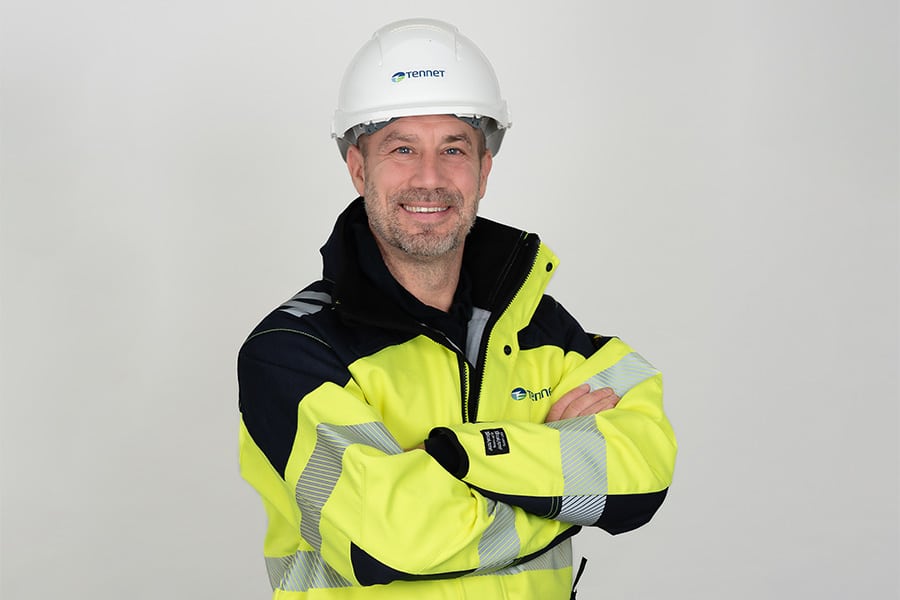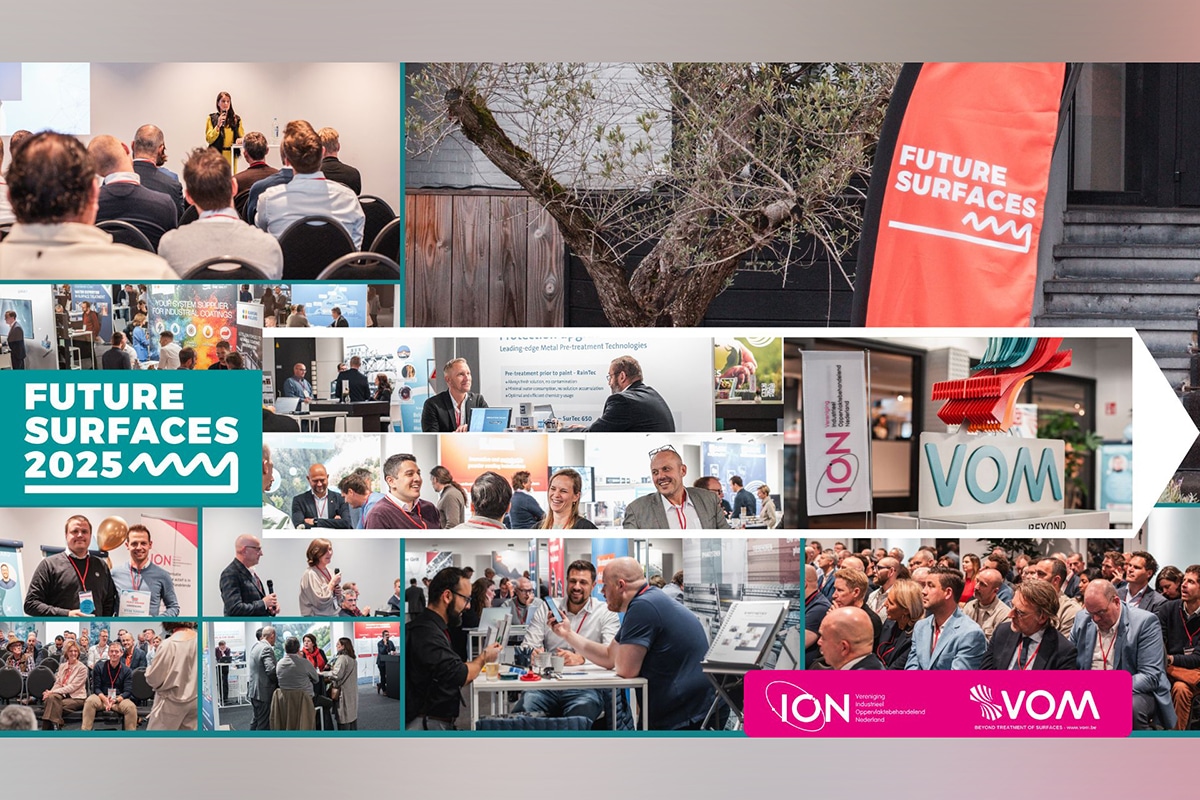
Knock it off! Start working together!
Today I looked up as I sat in the waiting room of the Meander Medical Center in Amersfoort. My gaze fell on the beautiful construction of steel, wood and concrete, bolted together and spanning the atrium. It was bright, there were no echoing sounds and I felt at ease. A beautiful experience that shows what fine buildings do to you.
I had noticed this looseness before that in the new construction of the new House of the City in Amersfoort. Steel and concrete columns alternate and support a concrete floor that does not look tremendously thick.
Detachability helps to reuse products. After all, the idea is to reuse them like Lego blocks in the same or a different form. One example is the reuse of hollow-core slabs, which means you need less raw material. And the war for raw materials is in full swing. We see it in Tata Steel, which has to lay off workers, in Trump, who wants to protect U.S. steel production, and in the questions about how much primary raw material is in cement and concrete and whether trees are grown sustainably.
Heat pump manufacturers have also already let me know that they see benefit in making their heat pump services available, so that at the end of the lifecycle they can reuse the usable materials in their heat pumps. And as RVB, we have shown at the Office Full of Waste that it is possible to renovate a building with ninety percent used materials, from the air handling system to the bricks.
Just as grid congestion can increase the urgency for energy conservation, resource scarcity can increase the urgency for the transition to a circular economy. However, this transition is still in its infancy, as PBL recently described in the Integral Circular Economy Report 2025 (ICER), "The Netherlands is not yet succeeding in significantly reducing the amount of raw materials used.
As RVB, we are increasingly and increasingly asking for material reuse. We strongly encourage reuse of hollow-core slabs! But we also understand that reuse involves new ways of processing. After all, how do you disassemble? How do you store? How do you issue warranties? And how do you place them if they just don't fit?
What I'm getting at in this blog is that we need to stop putting the interests of our own industry first. It is nonsensical to argue that wood is better than durable concrete, or vice versa. The traditional way of using concrete - new, heavy and everywhere - as the first option to deploy in construction and renovation, has had its day. It is precisely the combination of raw materials, reused and biobased, that will allow us to make buildings more sustainable. As RVB, we are counting on smart engineers to come up with smart solutions in two tenders currently underway, the Monarch and Juliana van Stolberg, combining concrete and wood construction. What innovative solutions can they come up with to meet the targets for bio-based and circular materials at height? We hope that we can learn a lot from these two projects, so that the rest of the market can benefit as well.
Working together in the built environment is what we need, rather than fighting each other to achieve a 100 percent circular built environment by 2050.
The Pen - Selina Roskam – Coordinating sustainability program manager at national real estate company




